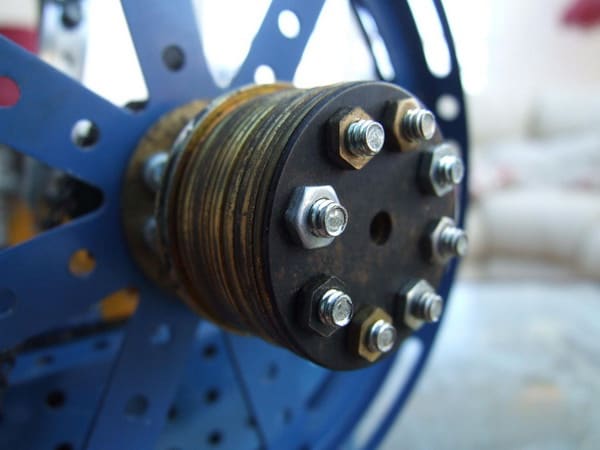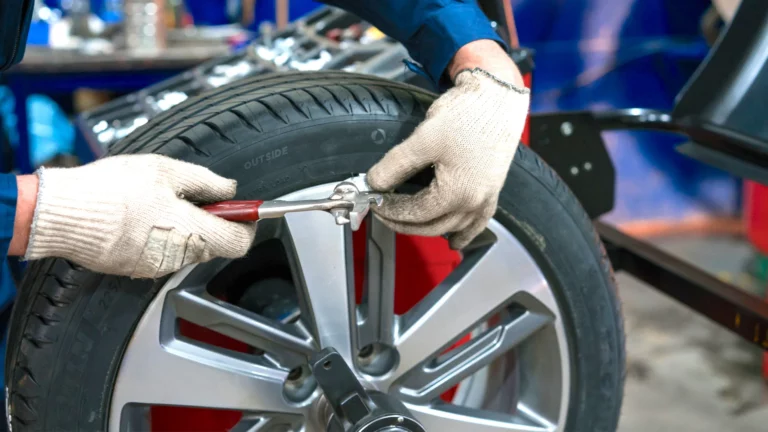Using higher viscosity oil myths
Last Updated on July 22, 2024 by Mutiara
A widely believed myth in the automotive industry is that using higher viscosity oil will benefit the engine many ways. It is very common for vehicle owner who belive this to switch from the usual recommended 5w-30 or 10w-30 to 20w-50. Following are some of the myths and arguments against them.
1. A thicker oil will keep the bearings from getting hammered; provides a cushion between the bearing and crank journal/rod end – False
Main and rod bearings operate in the hydrodynamic lubrication region. The rotating motion “floats” the bearing between the rod end and journal clearances, thus preventing contact with the bearing.
2. A 20W-50 will increase oil pressure and keep the bearings from touching the crank journal/rod end – False
A thicker oil will increase oil pressure in an engine, but only to a point. Many engines have an oil pressure relief valve that will simply route oil back to the pan. More importantly, the oil cooler valves in some turbo motors are rated at a specific psi to have a controlled leak from the oil squirters.
Pressure is resistance to flow, for example a 20W-50’s increase in pressure means that it does not flow as well through the bearings or to the top of the motor. Considering a 20W-50 oil is 3-4 times thicker cold than a 5W-30, when a cold engine is started there will be restricted oil flow where it is needed most. The oil relief valve will cut the flow further by opening at the higher pressure and dumping oil back into the pan. In some engines it will take longer for the oil to get to the cam shafts.the small diameter hole in the middle does not facilitate flowing high viscosity oil. Since the oil flows from front to rear on the cam shafts, it is going to take the last cylinder valves the longest to get the oil flow needed. The oil squirters spray pattern on the cylinder walls will degrade with a high viscosity oil, especially in cold conditions.
3. Thicker oil “stays put”…it will stay in the bearings and on the valve shims after you shut down the engine – False
When a 50w oil is at operating temp, it thins out just like every other oil does, just less so. It has a viscosity of 16-22 cst, approx 50% more than a 30W does at operating temp. This is not near enough to make the oil “stay put” when you shut down a motor at operating temp. It will drain from the top of the motor and from the bearings just like any other oil does because gravity us unavoidable. What is important is to get oil back where it’s needed, especially during a cold start. This is where a 0W-30 or 5W-30 is far superior. Much better flow means the oil will get there fast.
4. A 20W-50 handles heat better and resists breakdown – False
Any modern motor oil does an excellent job of resisting heat breakdown regardless of weight. Oil and the additives in it are very stable to well over 250 deg F. which is much higher than most conventional engines operating temperature. Since a thinner oil flows much better, it also does a better job of keeping the bearings cool, another major function of oil in any motor.
5. Gas mileage & horse power:
Using a higher viscosity requires more energy to pump thus reducing gas mileage and horse power. In some vehicles the difference is quite noticeble.


